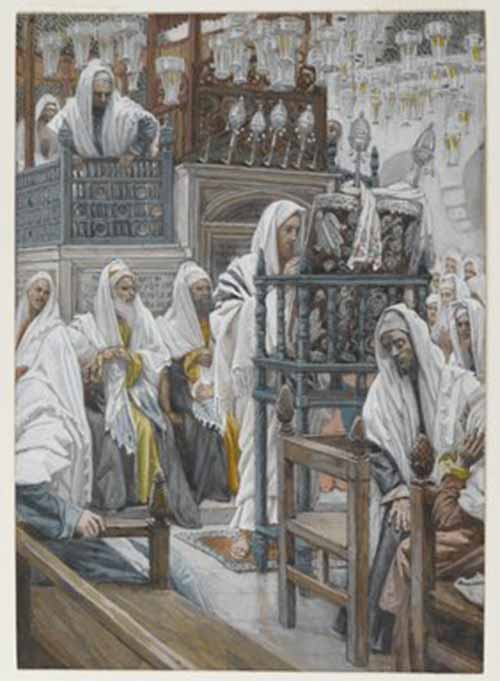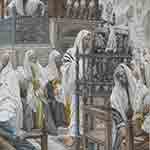
I am highlighting my friend Bishop-elect Peter Carrell’s Resourcing Preaching and Worship Down Under, and so this week provide a commentary to the choice of collect made there:
Let us pray (in silence) [that through us God may be manifest] or [that we may be transformed into the nature of Christ]
pause
Merciful God,
in Christ you make all things new;
transform the poverty of our nature
by the riches of your grace,
and in the renewal of our lives
make known your heavenly glory;
through Jesus Christ our Redeemer
who is alive with with you and the Holy Spirit,
one God now and for ever.
Amen
NZPB p. 567a
This magnificent collect has its origin in The Book of Common Worship (1962) of the Church of South India. The collect there for the Sixth Sunday after Christmas [theme “the First Sign” water turned into wine (John 2:1-11)] was:
Almighty God, the Giver of strength and joy: Change, we beseech thee, our bondage into liberty, and the poverty of our nature into the riches of thy grace; that by the transformation of our lives thy glory may be revealed; through Jesus Christ, our Lord. Amen.
This collect was altered to essentially the above form in Modern Church Collects, Church of the Province of South Africa 1971/South African Modern Collects (1972):
Almighty God,
in Christ you make all things new.
Transform the poverty of our nature by the riches of your grace,
and in the renewal of our lives
make known your heavenly glory;
through Jesus Christ our Lord,.
Amen.
This collect continues to be used in South Africa in An Anglican Prayer Book (Church of the Province of Southern Africa 1989) Third Sunday of the year (page 250) and is now used in a significant number of Anglican prayer books. It is used in Common Worship The Second Sunday of Epiphany:
Almighty God,
in Christ you make all things new:
transform the poverty of our nature by the riches of your grace,
and in the renewal of our lives
make known your heavenly glory;
through Jesus Christ your Son our Lord,
who is alive and reigns with you,
in the unity of the Holy Spirit,
one God, now and for ever.
Amen.
It commences with an allusion to Rev 21:5 (“the one who was seated on the throne said, “See, I am making all things new.”). Then in four simple lines it summarises the vision that Paul takes three chapters to articulate from 2 Corinthians 4-6. (eg. 4:7 “But we have this treasure in clay jars, so that it may be made clear that this extraordinary power belongs to God and does not come from us.” 5:17 “if anyone is in Christ, there is a new creation: everything old has passed away; see, everything has become new!”) There Paul concludes with the, what was in those days, for both Jew and Gentile, a startling claim: “we are the temple of the living God” 6:16.
It is not that our nature is bad. It is poor. In and of ourselves we are unfruitful soil. Cracked jars. We attempt to cover the poverty of our nature with money, things, busyness – anything to cover the poor dust we know is there at the core of our being. But this is not the true treasure we seek. That is held deeper within us – beyond ourselves in the one who is our source. This bubbles up through the cracks and crevices making our lives fruitful as we allow ourselves to be renewed, as in that one we live no longer for ourselves but beyond ourselves in transforming love and service. And make known God’s heavenly glory.
Also note the pertinent reflection by Bernard of Clairvaux in Sermon for Epiphany 1,1 SBOp 4, 293, 6-9 “Nothing so demonstrates God’s positive attitude towards the human race as embracinhg my humanity. I repeat: my hymanity, and not the flesh Adam had before the fall. What manifests God’s mercy more clearly than that he would embrace such misery?” The divinization that this collect points towards is strongly and simply expressed by Irenaeus: “God became what we are so that we might become what God is.”
You can add further ideas, reflections, comments, and resources in the comments below.
If you appreciated this post, consider liking the liturgy facebook page, using the RSS feed, and/or signing up for a not-very-often email, …
Instagram’s @liturgy is the new venture – if you are on Instagram, please follow @liturgy.
image source: James Tissot (French, 1836-1902). Jesus Unrolls the Book in the Synagogue



